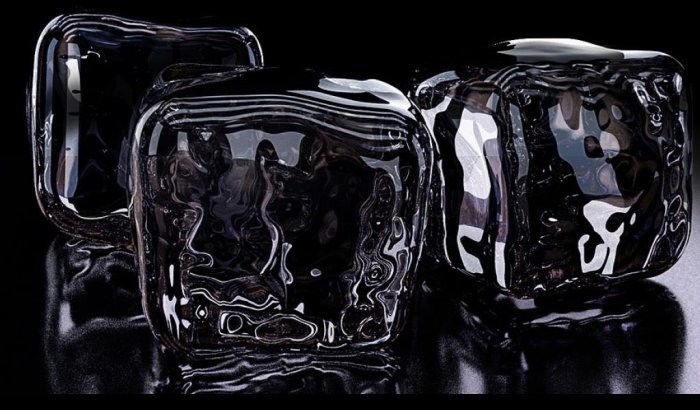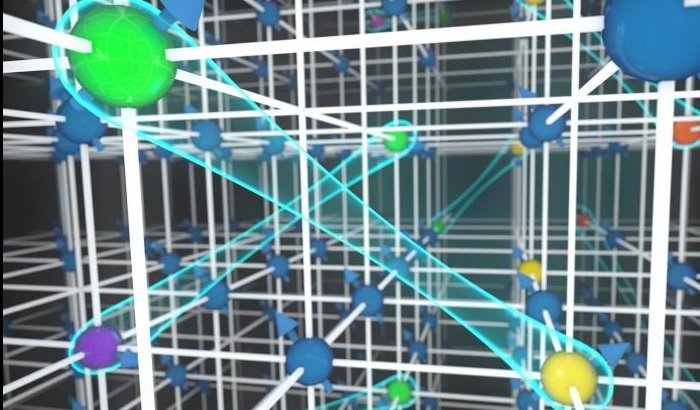Eddie Gonzales Jr. – MessageToEagle.com – When you pop a tray of water into the freezer, you get ice cubes. Now, researchers from the University of Colorado Boulder and the University of Toronto have achieved a similar transition using clouds of ultracold atoms.
The team discovered that it could nudge these quantum materials to undergo transitions between “dynamical phases”—essentially, jumping between two states in which the atoms behave in completely different ways.

“This happens abruptly, and it resembles the phase transitions we see in systems like water becoming ice,”study co-author Ana Maria Rey, said in a press release. “But unlike that tray of ice cubes in the freezer, these phases don’t exist in equilibrium. Instead, atoms are constantly shifting and evolving over time.”
The findings, she added, provide a new window into materials that are hard to investigate in the laboratory.
“If you want to, for example, design a quantum communications system to send signals from one place to another, everything will be out of equilibrium,” said Rey, a fellow at JILA, a joint institute between CU Boulder and the National Institute of Standards and Technology (NIST). “Such dynamics will be the key problem to understand if we want to apply what we know to quantum technologies.”
Scientists have observed similar transitions before in ultracold atoms, but only among a few dozen charged atoms, or ions.
This time, researchers turned to clouds made up of tens of thousands of uncharged, or neutral, fermionic atoms. Fermionic atoms, she said, are the introverts of the periodic table of elements. They don’t want to share their space with their fellow atoms, which can make them harder to control in cold atom laboratories.
“We were really wandering in a new territory not knowing what we would find,” said study coauthor Joseph Thywissen, a professor of physics at the University of Toronto.
Researchers cooled a gas made up of neutral potassium atoms to just a fraction of a degree above absolute zero. Next, they tuned the atoms so that their “spins” all pointed in the same direction.
Such spins are a natural property of all atoms, Thywissen explained, a bit like Earth’s magnetic field, which currently points to the north. Once the atoms were all standing in formation, the group then tweaked them to change how strongly they interacted with each other. And that’s where the fun began.
“We ran the experiment using one kind of magnetic field, and the atoms danced in one way,” Thywissen said. “Later, we ran the experiment again with a different magnetic field, and the atoms danced in a completely different way.”
At first, particles fell into chaos. The atomic spins began to rotate at their own rates and quickly all pointed in different directions but when researchers increased the strength of the interactions between atoms, they stopped acting like disordered individuals and more like a collective. Their spins still ticked, in other words, but they ticked in sync.
Read the story – here
Written by Eddie Gonzales Jr. – MessageToEagle.com Staff







